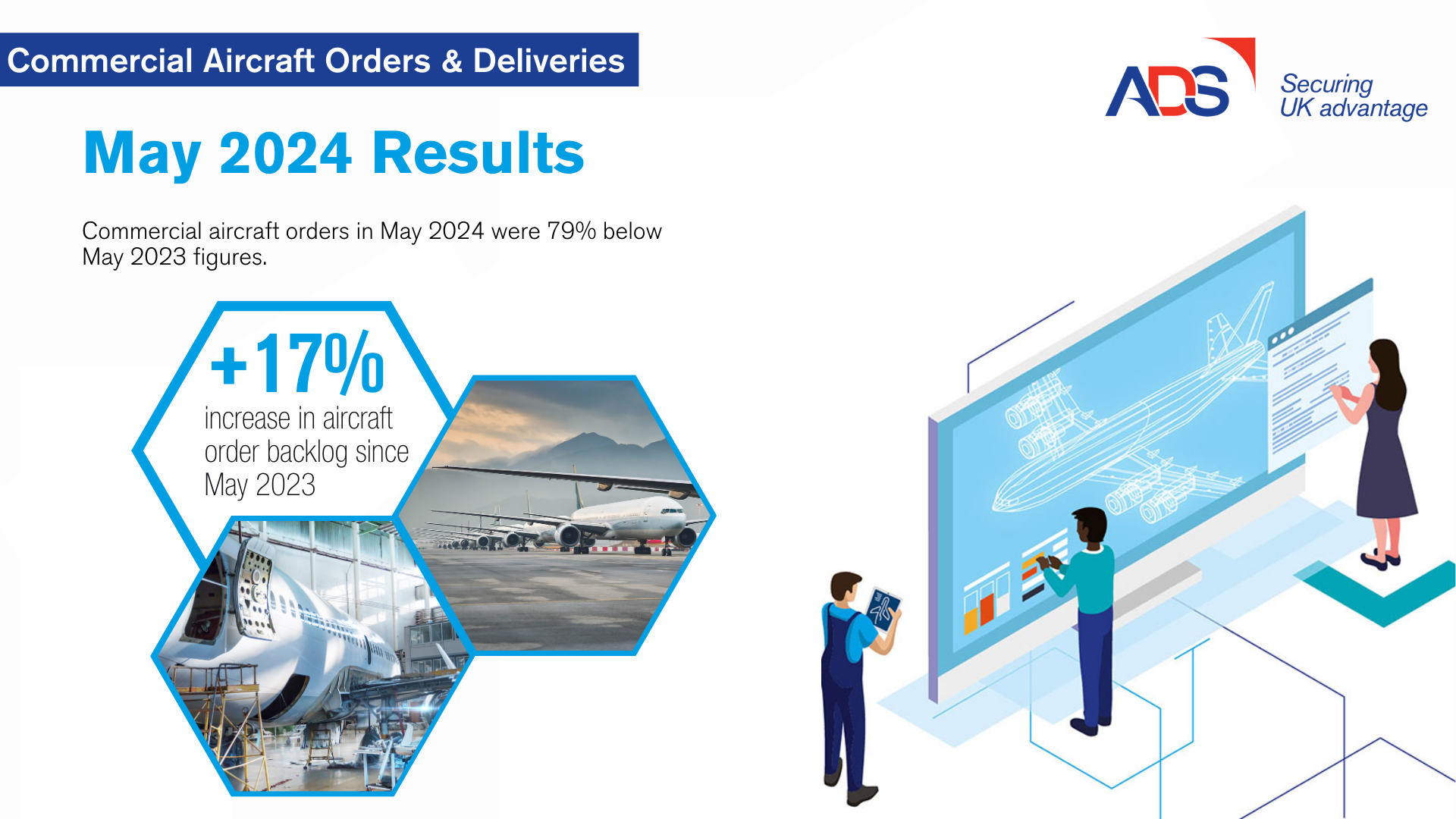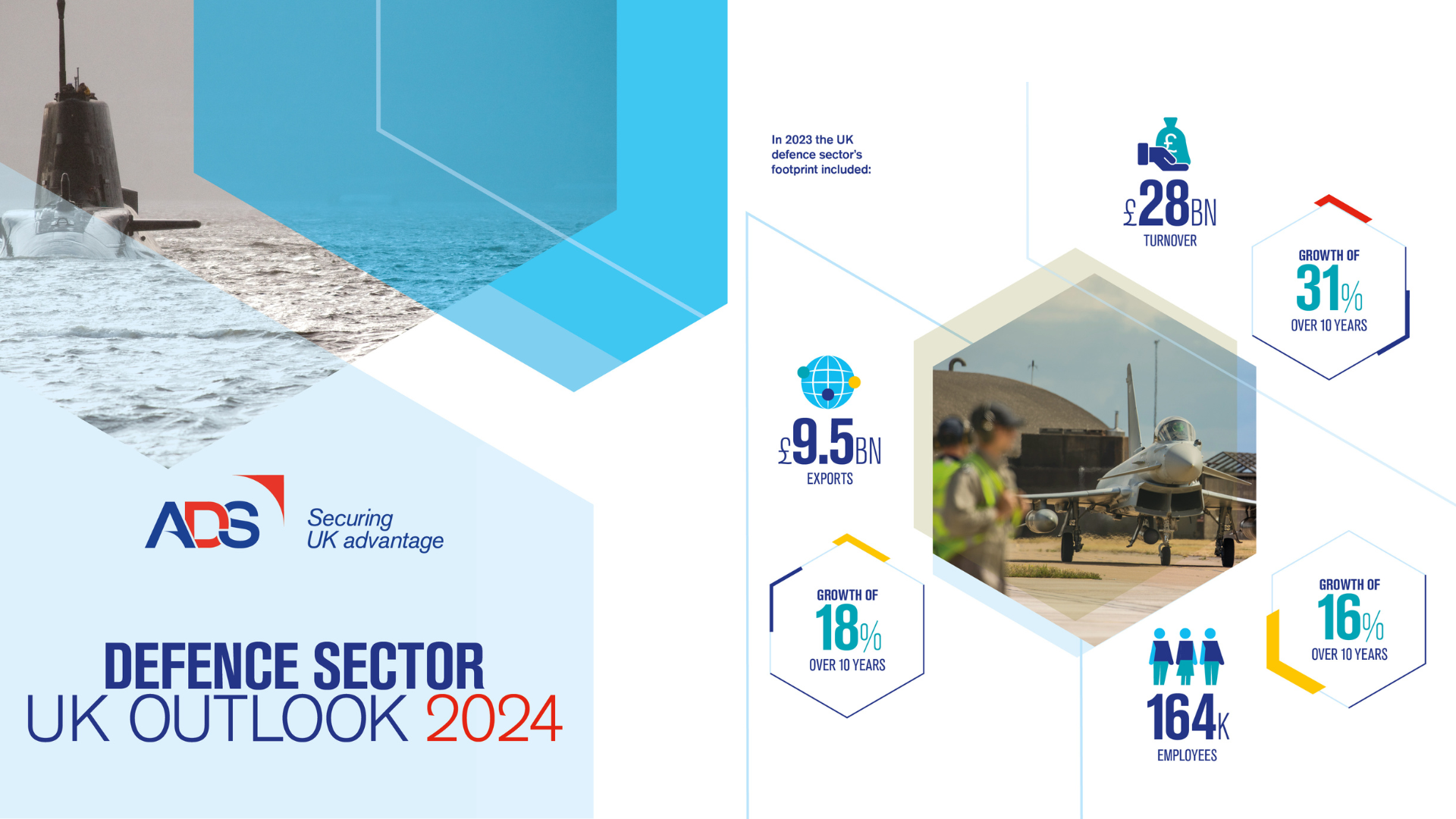
Blog written by Jenny Tragner, Director and Head of Policy, ForrestBrown
Following the Spring Budget, Jenny Tragner, Director and Head of Policy for ADS member, ForrestBrown, rounds up the latest changes to R&D tax relief and what they mean for the aerospace, defence, security and space sectors.
What changes should ADS members be aware of?
In last year’s Autumn Statement, the Chancellor announced a significant reduction in the rate for R&D tax relief for SMEs from 1 April 2023. But following pressure from business groups, a new rate of relief for loss-making, R&D-intensive SMEs was announced in the Spring Budget. SMEs for whom qualifying expenditure constitutes at least 40% of total expenditure will be able to claim an enhanced rate of payable tax credit (although it is worth pointing out that overall generosity remains lower than the pre-April 2023 level). Alongside the previously announced increase in the rate of R&D tax relief for larger businesses, these changes are likely to have an impact on wider aerospace, defence, security and space ecosystems wherever your business sits in the supply chain.
Another significant change which has received less publicity could be good news for ADS members leading global R&D programmes from the UK. In a well-hidden paragraph published alongside the Chancellor’s statement, restrictions on overseas expenditure on R&D have been delayed for 12 months. This is ostensibly to allow the government to consider the interaction between the restriction and the design of a potential merged R&D relief, but businesses likely to be affected by the change should take the opportunity to press for it to be scrapped altogether.
It is also worth noting that previously announced proposals to introduce relief for data, clou computing and work in pure mathematics will go ahead from 1 April. This is good news for ADS members working on applications for AI and other cutting-edge technology, which also received direct funding boosts from the Chancellor.
A range of measures to tackle abuse of the incentive will also go ahead as planned, so businesses need to be aware of new requirements when making a claim.
Why are the changes happening?
The rate changes are a deliberate step towards a merged R&D tax incentive which equalises the rates of relief available to businesses, replacing the current system which offers a higher rate of relief to SMEs, who typically have fewer options when it comes to access to finance for R&D. The Chancellor has pointed to HMRC research which suggests that the catalytic impact of R&D tax relief is lower for smaller businesses, but appears to have overlooked critical differences in the way the R&D supply chain often works, with SME innovation playing an important role in most sectors.
When do changes come into force?
Relief for data, cloud and maths, rate changes and measures to tackle abuse come into force from 1 April this year, with the impact staggered depending on your accounting year end. Overseas R&D restrictions are expected next year and the proposed merger of the SME and R&D Expenditure Credit incentives into a single scheme is slated to start in April 2024. Change appears to be the only constant when it comes to R&D tax policy, creating complexity for businesses who typically plan investment over a much longer time horizon.
What should ADS members be doing to prepare and adapt?
This article provides a snapshot of the various moving parts at play, but it is clear even from this short summary that the picture is complex. Rather than risk missing out on funding opportunities or expose themselves to risks, ADS members should act now by seeking advice on what the changes mean for them.
The team at ForrestBrown are on hand to help with all aspects of R&D tax relief and other innovation incentives. For an initial discussion, please do get in touch by emailing me at j.tragner@forrestbrown.co.uk.





